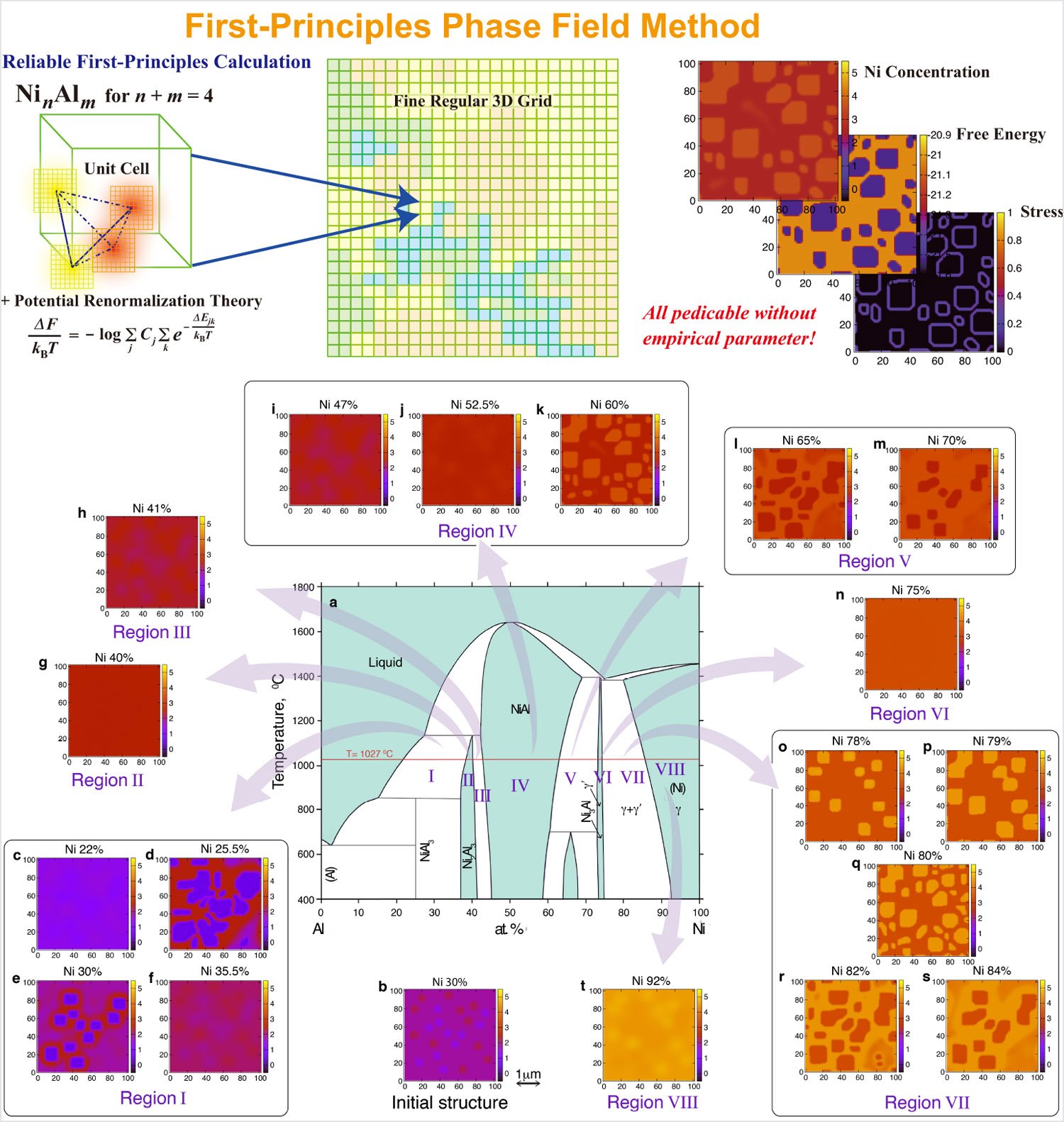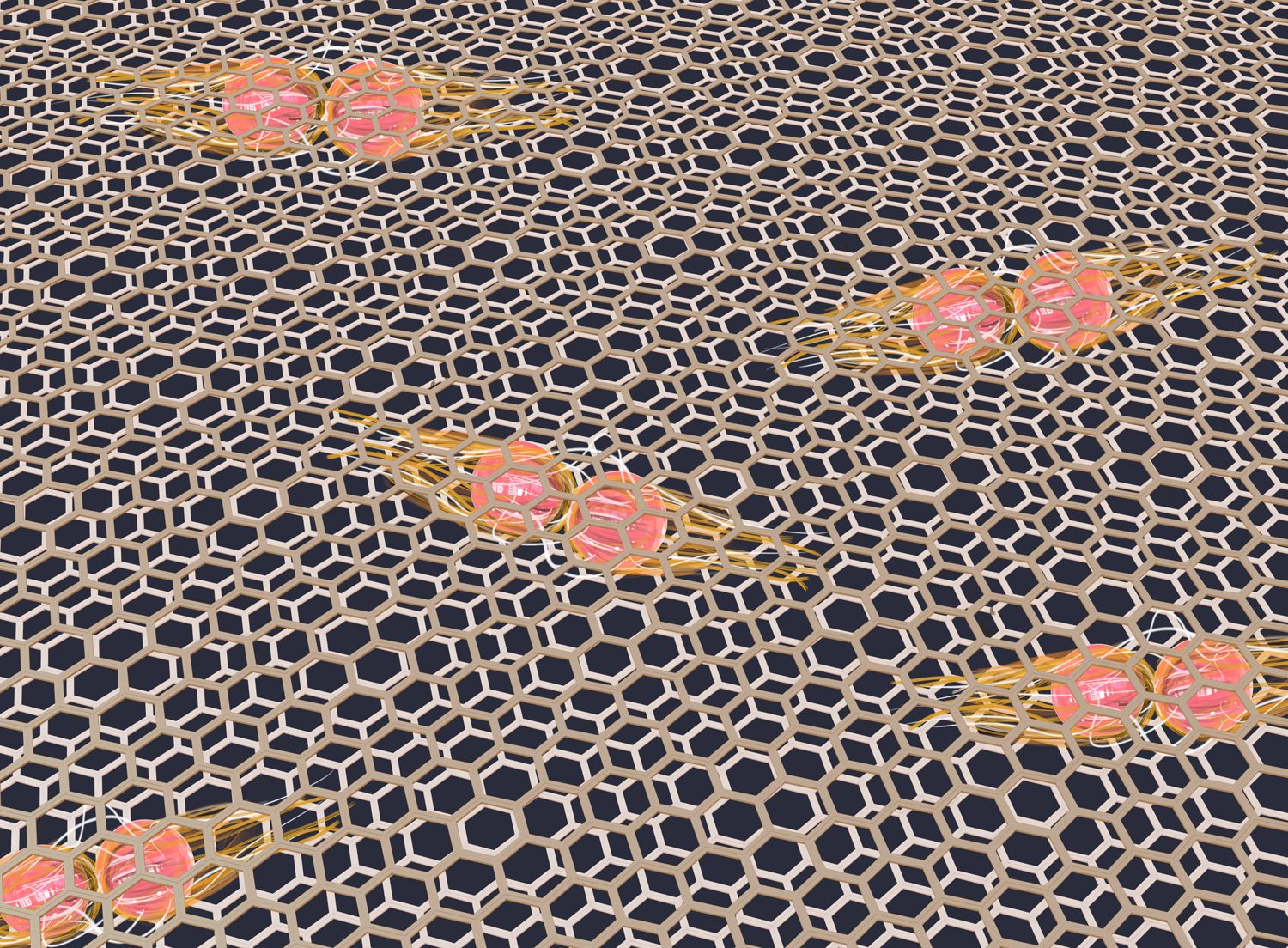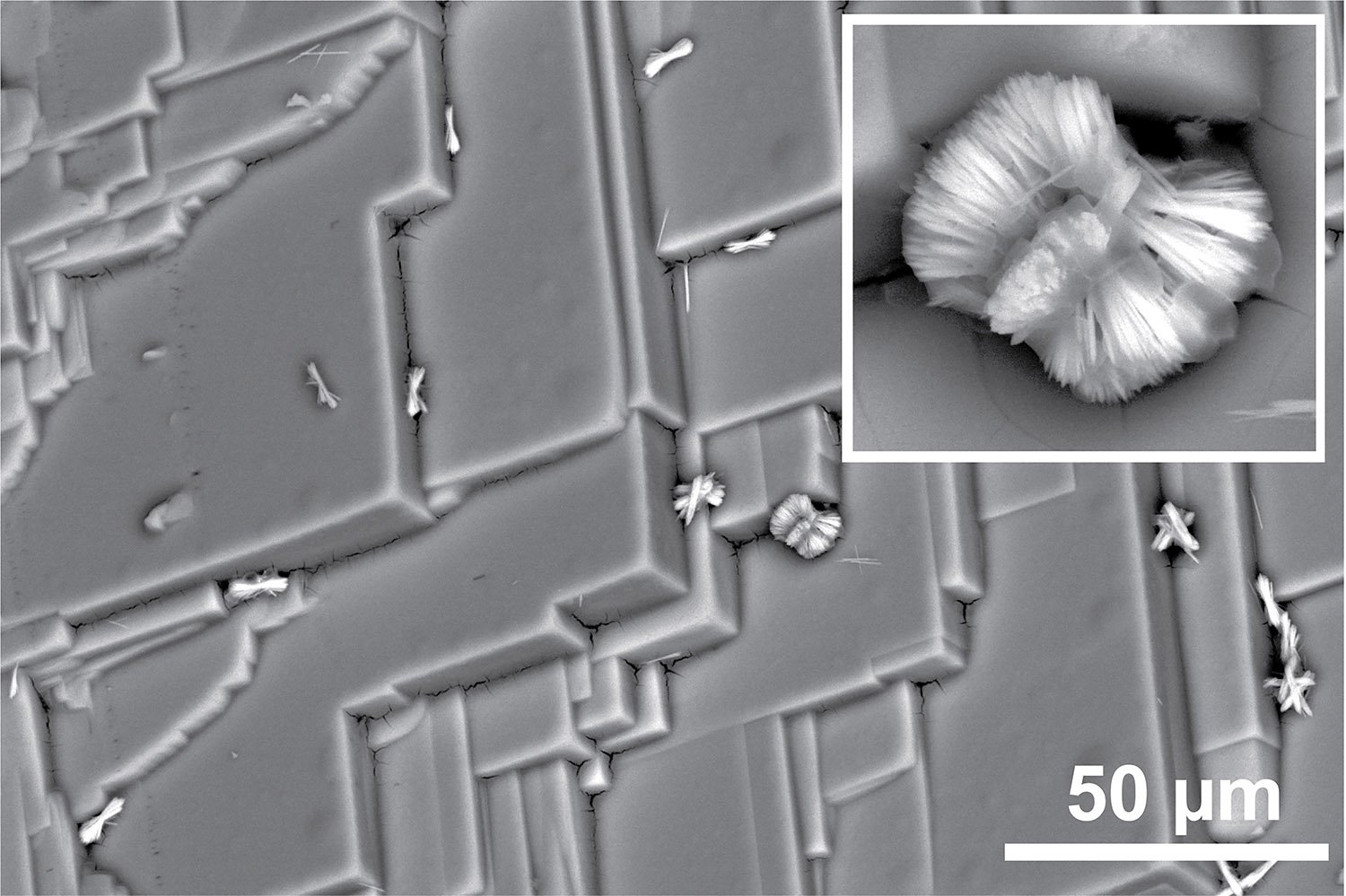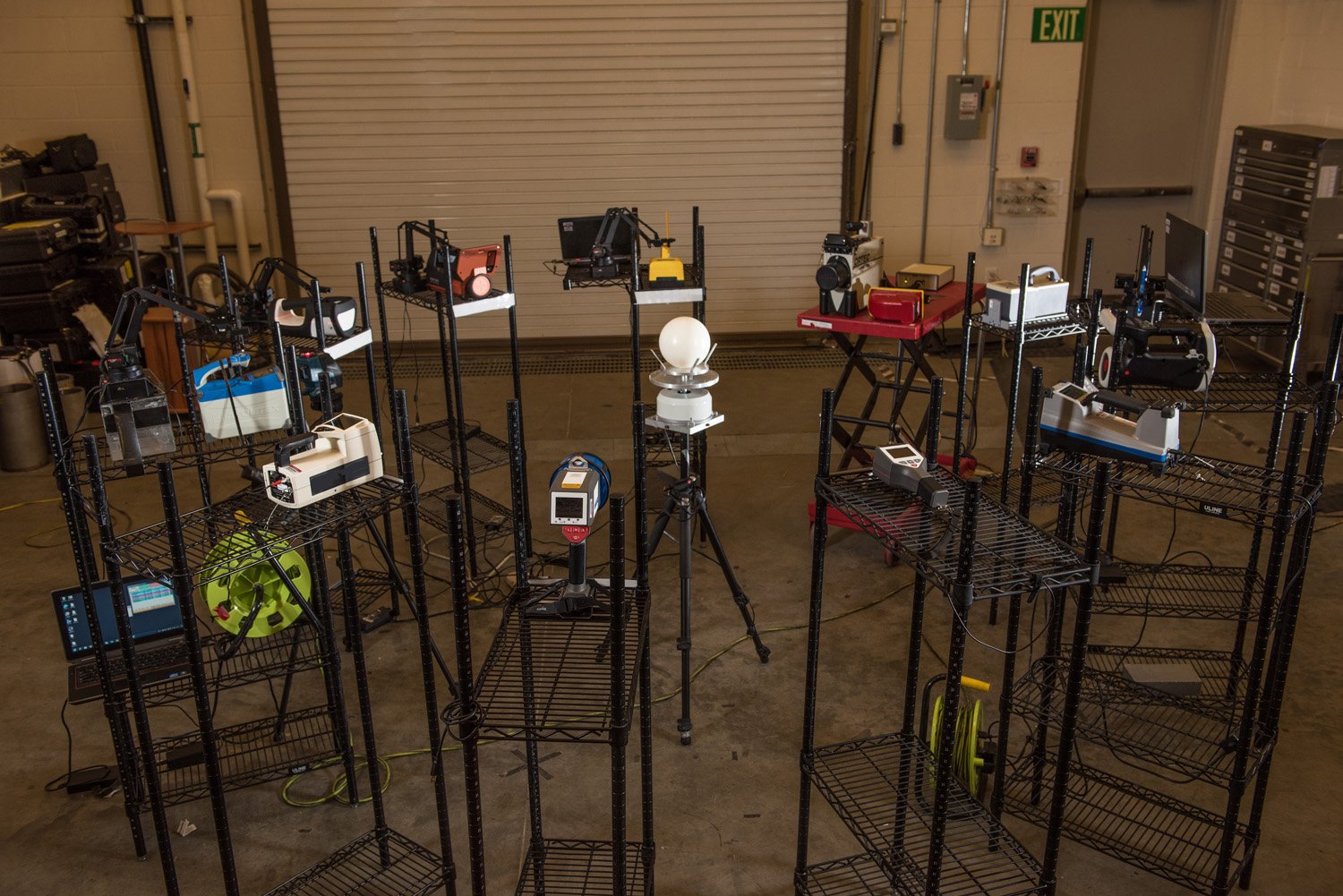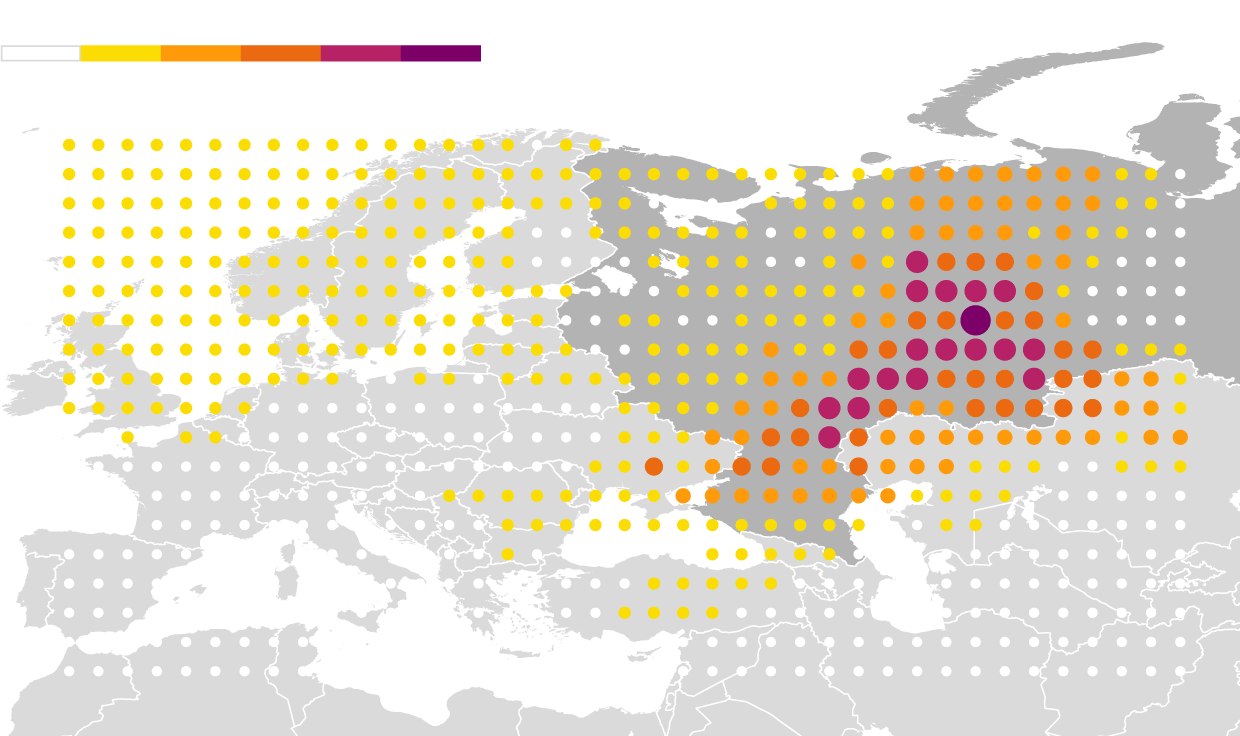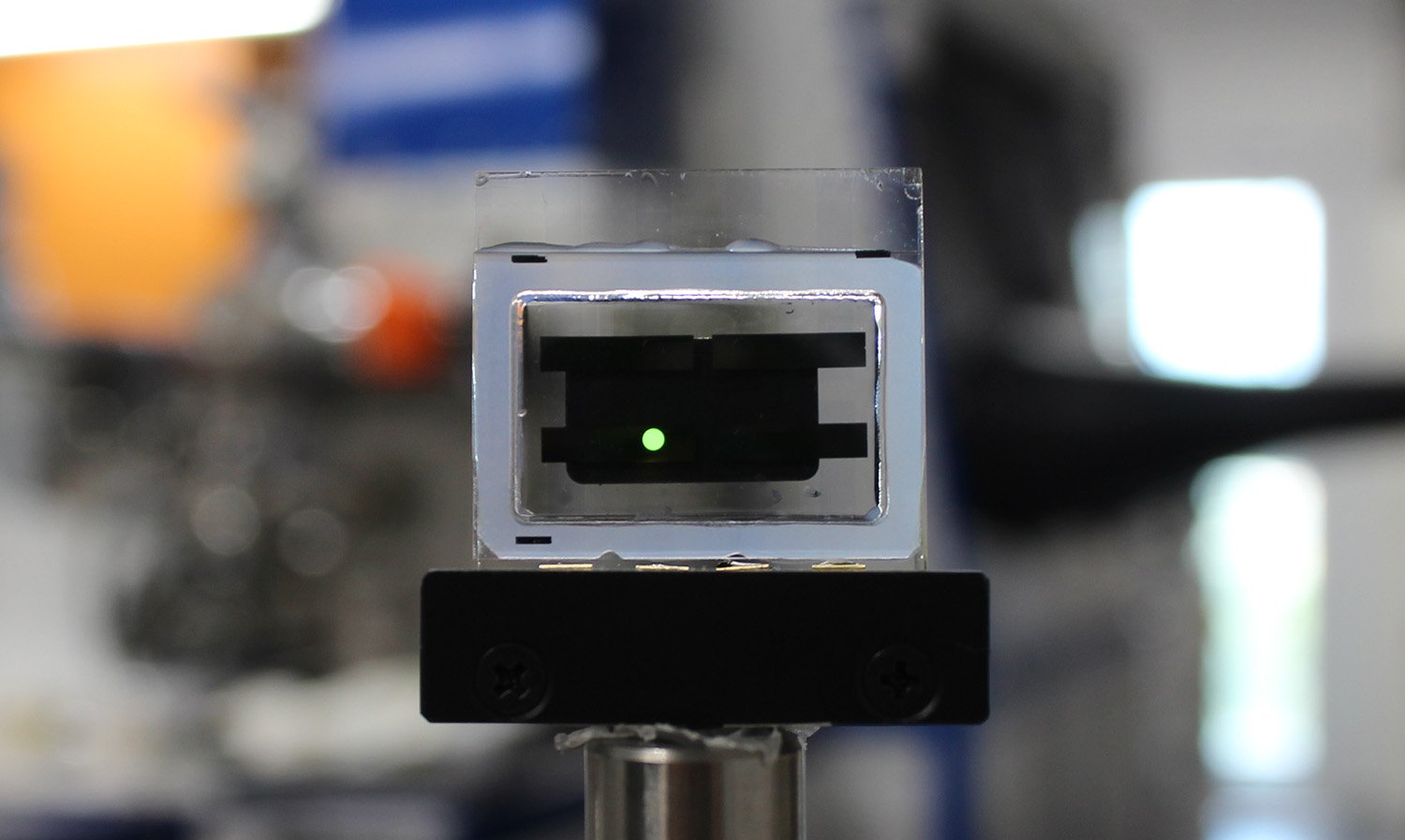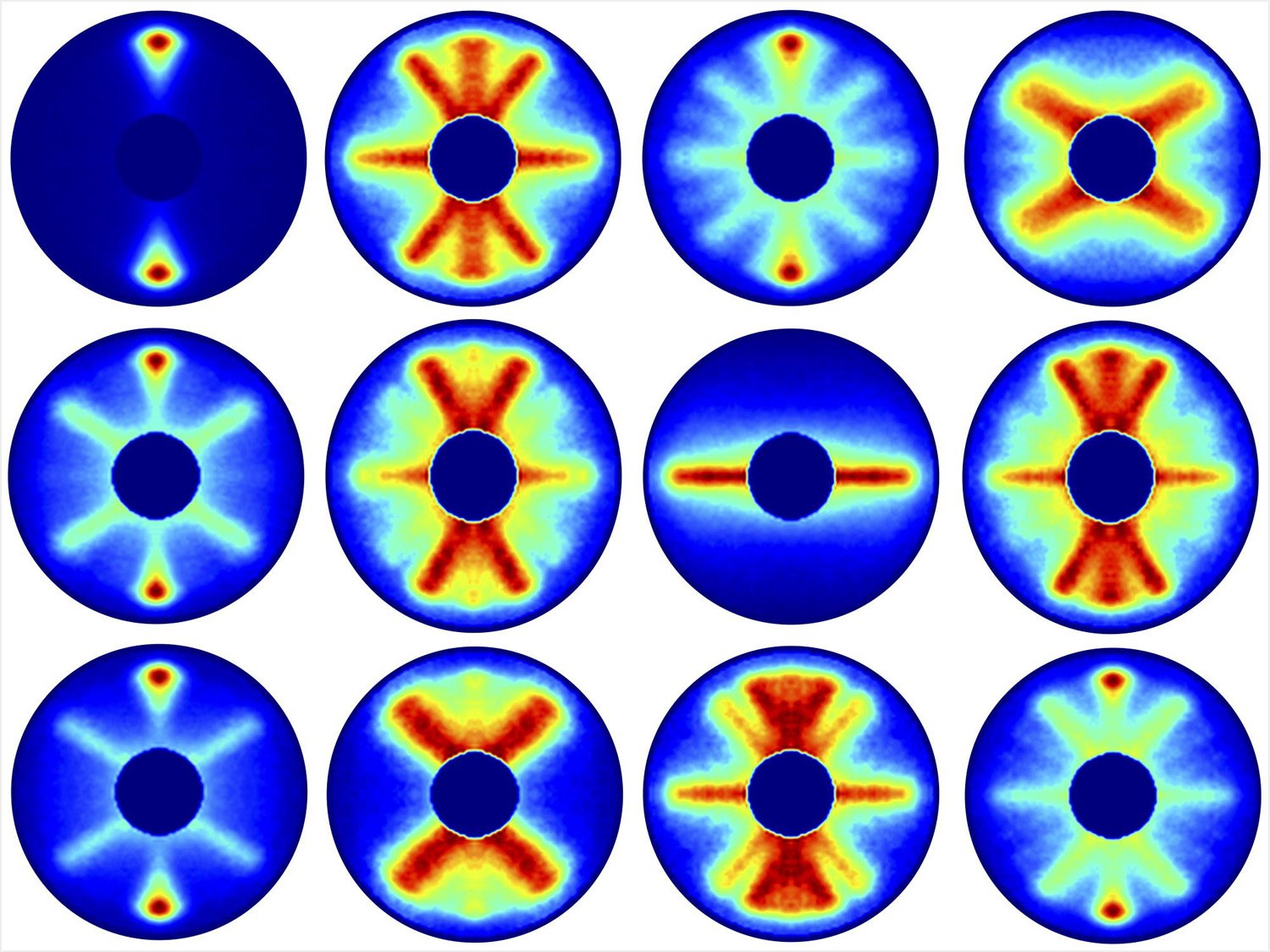Simulation technique can predict microstructures of alloy materials used in jet engines – before they are made
Japanese researchers were able to rapidly and accurately predict the microstructure of Nickel – Aluminum (Ni-Al) alloys that are commonly used in the design of jet engine turbine parts. Predictions of the microstructure of these alloys have so far been time-consuming and expensive. The findings have the potential to greatly advance the design of materials … Read more
